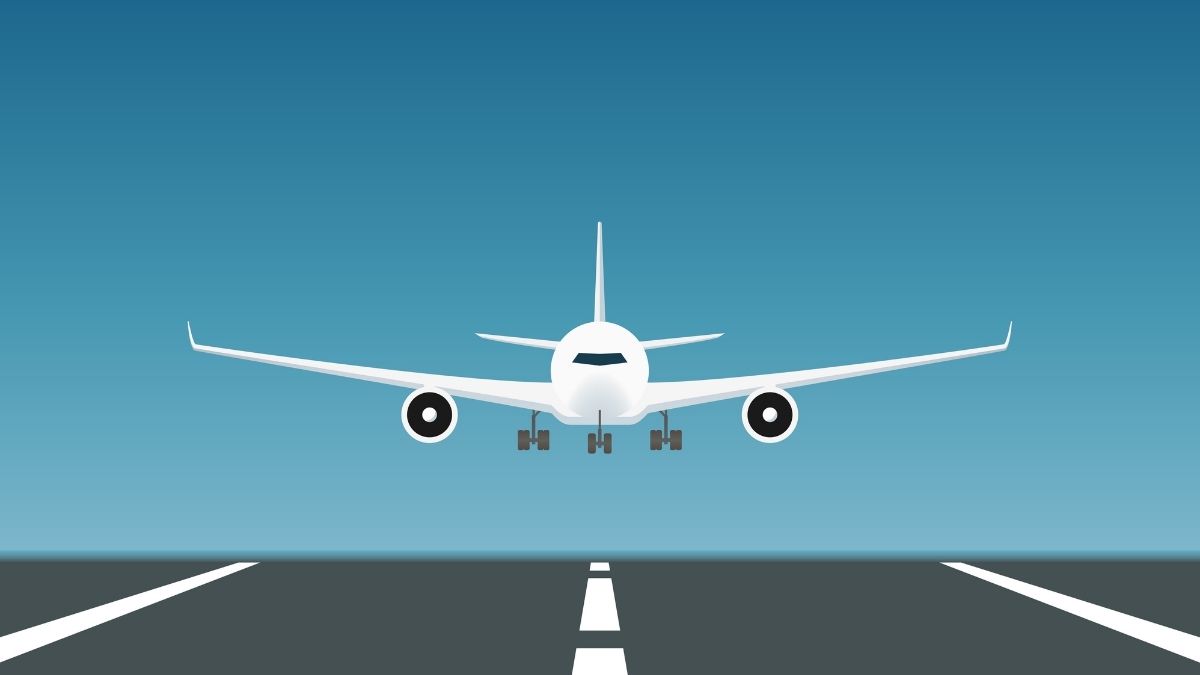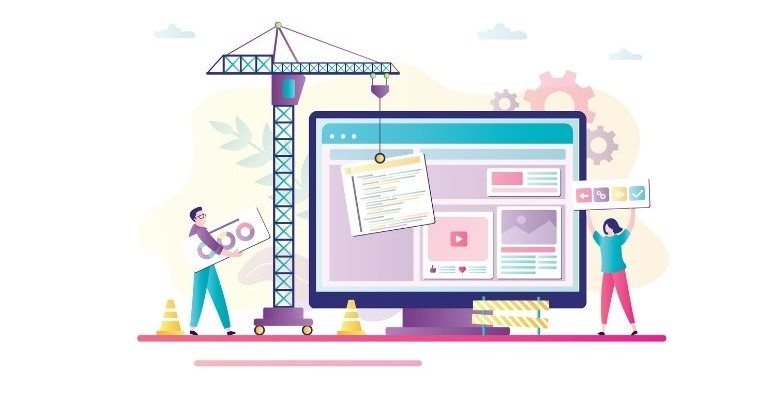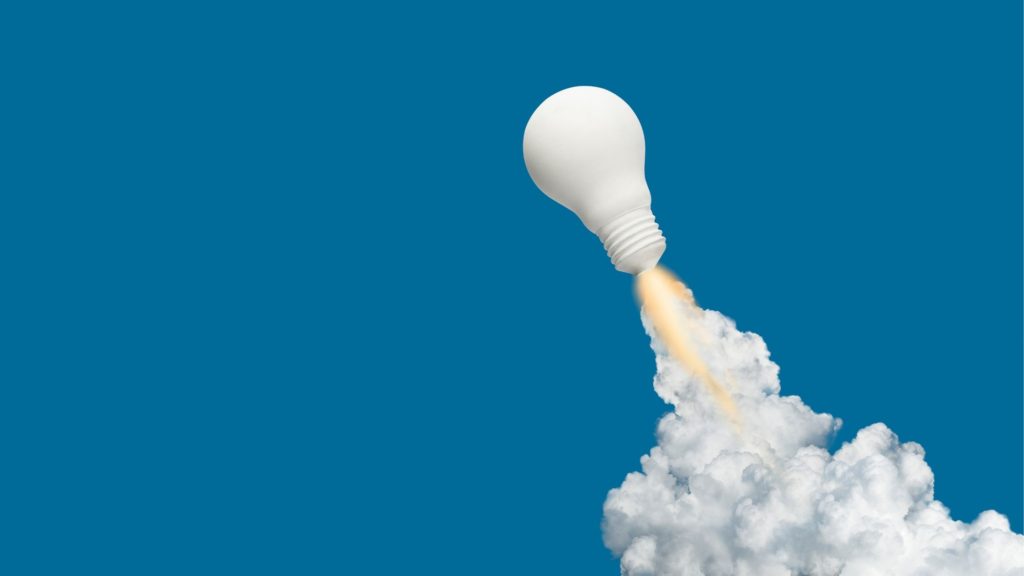9 best practice tips for optimizing a landing page


Landing page optimization means improving or enhancing elements on your landing page to increase conversions. An optimized landing page converts visitors by delighting them with unique and memorable experiences.
What is a landing page?
A landing page is a single web page specifically designed for marketing purposes.
When a visitor clicks a link in your email marketing, ads from Google, Facebook, Instagram, or other pages across the web, this page is where they “land”. They have a single goal and are designed to achieve this. This goal is typically represented by a call to action (CTA) that allows you to measure the success of your campaign.
Why are landing pages important?
Landing pages are often the first interaction a visitor has with your brand after they enter your marketing funnel. After clicking an ad or link in your email marketing, this is the first page they’ll see.
Without a landing page, most brands direct customers to a homepage or web page. But from here, a visitor can go anywhere. Homepages in particular show off your brand and let visitors explore a range of products or services. Visitors who land on these pages won’t necessarily make a purchase or carry out the action you need, and that’s the ultimate aim of every campaign.
With a single focus, landing pages are designed to turn visitors into customers. And that’s what they do.
What is landing page optimization?
To ensure that landing pages are always achieving their goals, optimization is essential. Improving landing page performance will lead to significant improvements to your business results. The benefits of testing and optimizing landing pages and endless. It’ll help you achieve higher conversion rates, get more customers at a lower cost, and maximize the value of your ad spend.
Getting started with landing pages
When you start creating a landing page you need to make sure its fit to serve your goals. To guarantee this, there are some basic steps you must follow for every landing page.
- Set your goal: what is your message and what action do you want shoppers to take?
- Know your audience: how are you intending visitors to reach your landing page? What’s their motivation and goals, and how are you helping achieve them?
- Be adaptable and compatible: what device are visitors reaching you on? Are they on laptops or iPhones? This is essential to ensure your landing page is accessible and engaging on every device.

9 tips for landing page optimization
To enhance performance and create high-converting landing pages, we’ve got 9 best practice tips to apply to every page you build.
1. Relevant and targeted content
Every landing page should reflect your campaign. The reason why homepages don’t convert like landing pages do is that they’re built to serve a variety of goals. The more targeted and relevant your landing page is, the more likely the visitor is to convert rather than get distracted.
In fact, if your landing page is targeting existing customers in your database, you can even personalize your landing page to guarantee conversion.
2. Consistent experience
Brand consistency across all your channels is essential for a perfect omnichannel customer experience. If your landing page doesn’t feel part of the same journey, the customer is unlikely to convert. This is a key stage of the customer’s path to purchase, so a poorly branded can risk damaging trust in your brand.
3. Clear and concise
Don’t overwhelm the visitor with too much babble. This is particularly important for online experiences because shoppers are easily distracted. Keeping landing page copy concise will help you hold visitors’ short attention span and drive them towards your single on-page CTA.
4. Segmentation
Segmenting your audience is another way to personalize your landing page. You can use customer data such as geo-location or online behavior to target visitors with relevant content. This will have a profound effect on the customer’s experience as they progress through your customer funnel.
5. Clutter-free design
In the same way, email design needs to use white space to make content easy to consume, landing pages need to be clutter-free. You don’t want so much happening on the page that various elements are vying for the reader’s attention. By keeping your design clutter-free, you’re helping your CTAs stand out. With your ultimate goal being visitor conversions, a simple, clean design will help visitors reach their goals faster.
6. Remove navigations
While you want to keep experiences consistent across your landing pages, that doesn’t mean they need to be an exact replica of one of your webpages. You want to keep them focused on your goal, especially if you’ve captured their attention through paid media. They don’t need a navigation panel that makes them feel like they’re on your website.
Keep things simple and keep their attention on your CTA by removing these distractions.
7. Above the fold content
Because we know customers have short attention spans, it’s important that you make it as easy as possible to convert as soon as they land on your page. If they’re ready to buy, you want to make the journey as easy and smooth as possible. Your core message and CTA should be the first thing visitors see.
Even if you need a long page outlining product details, CTAs should be repeated on long pages after being clearly announced at the beginning.
8. Vary media types
Experiment with different types of media that meet the needs of every campaign. Thanks to the rapid advancement of the tech industry, brands are no longer restricted by poor tools or low-quality videos. The popularity of video in content consumption continues to grow stronger every year.
When you add a video to your landing page, you’re increasing the amount of time visitors will stay on your page. And the longer they spend on your landing page, the more they’ll “hear” your message, understand your brand, and want to convert.
9. Enable sharing
Sharing helps create a buzz about your brand. Especially useful for landing pages supporting your paid display ads, competitions, or giveaways, social sharing buttons can help get your message out the even wider audiences.
Never stop testing
Unfortunately, when it comes to landing page optimization, marketers can’t rely on instinct and opinion alone.
You need data and insight to determine what tips and tactics work for your audiences. This will help you build high-converting landing pages, for every campaign.



